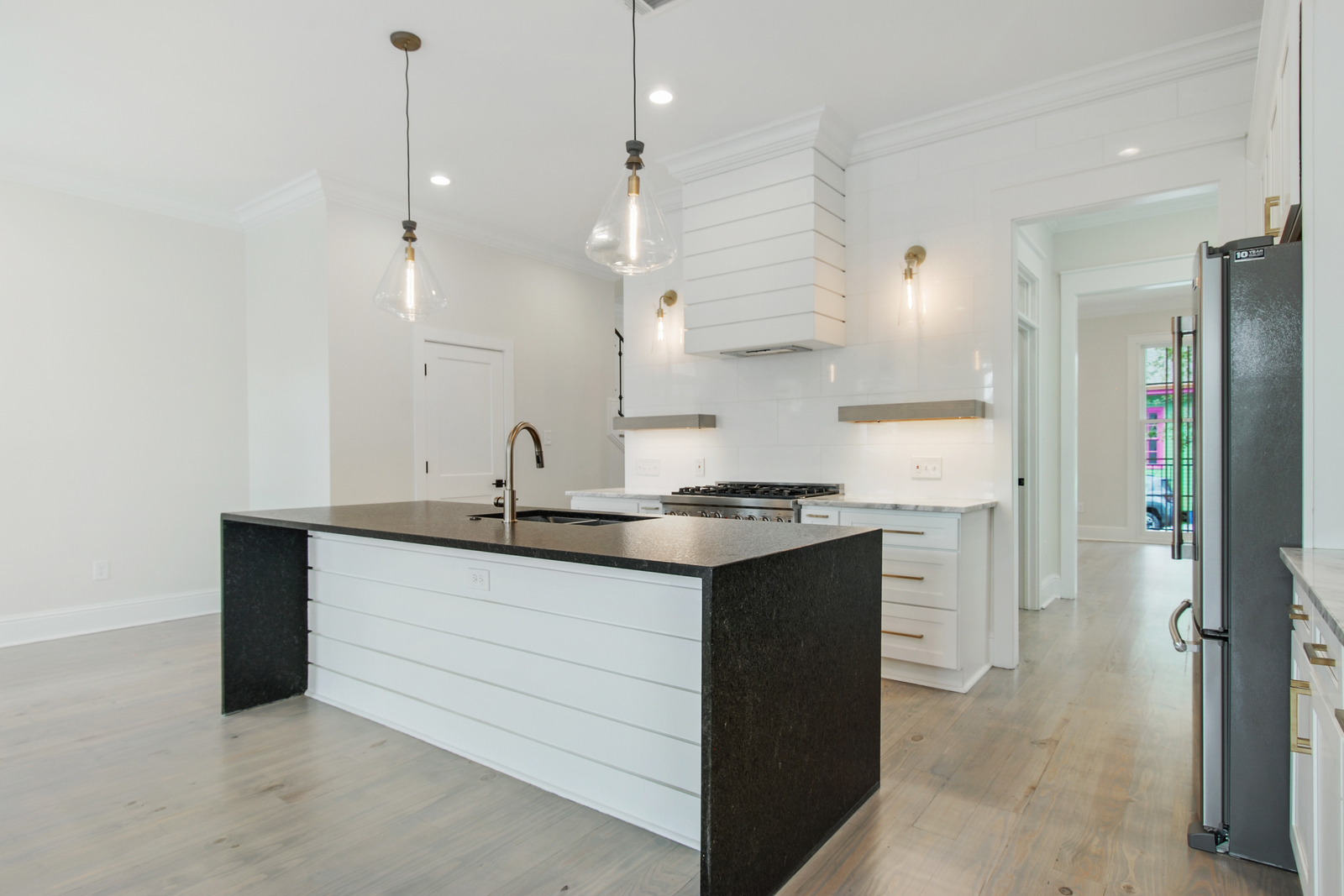
When it comes to deciding on which remodel to spend on, remodeling a kitchen can often top the list. In ‘How does kitchen remodeling impact a home’s value?’ we explained how kitchen upgrades like countertops, ventilation, and cooling can increase your home’s appeal when it comes to prospective buyers. However, remodeling a kitchen can be an incredibly pricey venture. An article from House Beautiful claims that while minor tweaks start at $4,000, major expansions can cost up to more than $100,000. On average, most people’s budgets are in the realm of $22,145. If you’re trying to cut down on expenses, here are some areas where you should consider negotiating costs to make the most of your budget:
Consider design fees and added markups
Getting professional help, whether from a contractor or an interior designer usually means top-notch results that accompany a hefty price tag. To prevent this, a great tip from The Washington Post is to find a designer or company that doesn’t require you to buy from them directly. Comparing prices to see which suppliers can give you the best options will help you maximize your budget. Even though some companies don’t charge fees, excessive markups can really raise overall costs. When you look over your contract, make sure that you’re fully aware of all the additional fees that you’ll have to pay for.
Update your appliances wisely
Outdated appliances can impact the functionality of your kitchen, which can be a huge inconvenience for current homeowners or future buyers. Finding spare parts and paying for an endless array of repairs can quickly add up in the long run. Some reliable essentials that your kitchen should include a dishwasher, refrigerator/freezer, microwave, and garbage disposal. If you’re craving some extras to upgrade your cooking, it can pay off to invest in small gadgets and appliances, such as a rice cooker. As well as perfectly cooking rice and a variety of grains, rice cookers can also make tasty desserts and steamed vegetables. Check out the links below for some reviews and meal inspiration.
Reviews here: We Know Rice
Recipes here: Preparedness Mama
Cut some corners and do it yourself
If you’re doing the shopping yourself, there are some budgeting tips you can consider. Firstly, searching for bargains takes some time and research. This includes looking for floor models with no noticeable damage, but make sure you also check their warranty policies. Shopping in the early fall can also help you find some great sales on last year’s models. Asking for volume discounts when you buy from one shop can help. Some stores also offer free services such as measuring your kitchen cabinets and figuring out your layout. Sometimes, big retailers don’t necessarily give you the best deals. If you’re in a creative mood, DIY projects can also help you cut down on costs. A kitchen chalkboard wall and backsplash can make a world of difference. Check out the link below for some more inspiration
DIY Ideas here: DIY Network
Don’t compromise on quality where it counts
Lastly, while there are some easy fixes and tweaks that you can do yourself, investing in some higher-quality items can be worth it. An article from Forbes suggests spending as much as you can afford on your cabinets. Because you’ll use them every day, it’s essential that they open and close smoothly and are made of sturdy materials. They’re also relatively difficult to replace down the line. Another area that you shouldn’t overlook is your flooring. Wood is an attractive choice, but tile is more functional when it comes to dishwasher leaks. However, hardwood is also a great choice if you’re aiming for high resale value, as well as a wood tile with very thin grout lines.
In the end, there are some areas you should negotiate when you’re working on a kitchen remodel, such as upgrading appliances and shopping for materials. DIY options are helpful for those on a budget. However, top quality, smart design, and overall longevity should be some of your top non-negotiables.
Article written by Jeanne Erickson for MLM Inc.

